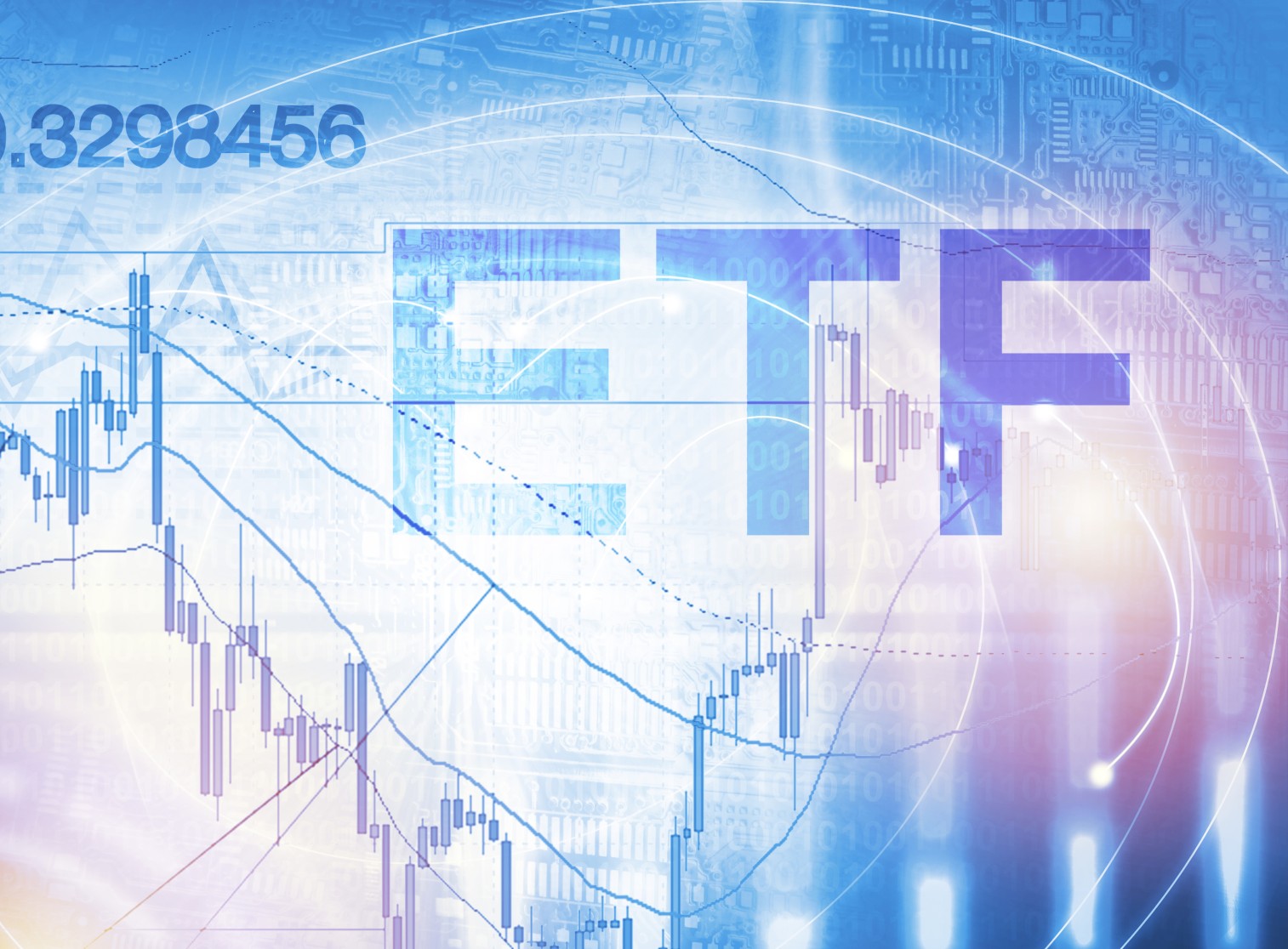

Trading volume for exchange-traded funds is rising. And as such, more ETF trades are flowing through trading desks.
For ETFs with underlying securities that have different characteristics than equities, such as credit instruments or fixed income, it’s sometimes unclear who should be handling these transactions, according to a report by Greenwich Associates based on interviews with buy-side equity traders in the U.S. and Europe.
As one would expect, buy-side equity traders mostly trade ETFs tracking equity indexes. However, they also trade indices that track other assets like credit and commodities.
“There is some debate among traders about who should have responsibility for trading these instruments,” the report said. “The trend across both the buy and sell side is to increasingly trade fixed-income ETFs on the fixed-income desk, as investors more often think in terms of market exposure than the method of trading. Nevertheless, equity trading desks today do not place much value on fixed-income market expertise, as the most popular credit ETFs still trade more like stocks than bonds.”
The majority of institutional ETF flow comes through sell-side equity trading desks through standard channels. Particularly, the report found, 55 per cent is directed through a firm’s regular high-touch sales trader or through a standard execution algorithm. There is, however, 41 per cent of ETF flow being executed through more specialist channels.
“The decision over which execution channel to use will be based in large part on the liquidity characteristics of the ETFs, which in turn can depend on different factors, including liquidity in the underlying securities, spread, quoted depth of market, and others,” said Shane Swanson, senior analyst for Greenwich Associates market structure and technology, in a press release.
The majority of traders expressed interest in using execution tool specifically designed for ETFs, with 57 per cent saying they’d be interested in using an algorithm expressly calibrated to them, the research found. Similarly, 60 per cent of respondents reported they would be interested in a transaction-cost analysis created for ETFs.
“With ETF trading becoming a larger part of institutional trading flow, we expect new products and strategies to come to market, helping buy-side traders analyze and execute ETF orders,” the report said. “It has also become clear that despite trading primarily on U.S. equity markets, ETFs come with a market structure all on their own. As such, all market participants should be treating them not simply as another equity to trade but as a distinct product.”
